Reviving dying plants is a rewarding task if done correctly. Start by evaluating your watering habits, as overwatering or underwatering can be detrimental. Next, inspect your plants for pests and diseases that might be causing harm. Light conditions can significantly impact plant health, so ensure your plants receive adequate sunlight. Don’t forget to check the quality of the soil, as poor soil can hinder growth. Finally, analyze the potting environment and adjust as necessary to enhance your plant’s wellbeing.
Assess the Watering Habits
Ensuring proper watering habits is crucial for plant revival. First, check if the soil remains soggy or bone dry after a few days of watering. Both overwatering and underwatering can stress your plants.
Overwatering inhibits the roots from receiving oxygen, leading to root rot. Feel the topsoil regularly by inserting your finger about an inch deep; if it feels dry, watering might be necessary.
On the other hand, insufficient watering makes plant leaves wilt and the soil retract from the pot’s sides. Create a watering schedule that notes how often you water and how much water you use. Adjust the frequency based on seasonal changes, as plants typically need less water during their dormant winter phase.
It’s essential to use pots with drainage holes to prevent water stagnation. If your plant is consistently wet between waterings, consider repotting with well-draining soil. Alternatively, grouping similar plants together can simplify your watering needs.
Inspect for Pests and Diseases

When you notice your plant is wilting or struggling, one of the first things to do is check for pests and diseases. These are common culprits of plant decline. Look closely under the leaves, along the stems, and in the soil. Many pests like aphids, mealybugs, and spider mites are tiny and can hide in the crevices of your plant. Use a magnifying glass if necessary to spot these small insects.
Additionally, check for signs of diseases such as fungi, which often manifest as spots on leaves or stem discoloration. It is critical to catch these problems early to prevent them from spreading further.
Remove any damaged or infected parts of the plant using sterilized garden tools. This helps to halt the progress of the disease. For pest infestations, consider using natural remedies such as neem oil or insecticidal soap to manage the problem without harming the plant. Regular monitoring and immediate action are crucial. By staying vigilant and proactive, you safeguard your plant’s health.
Evaluate Light Conditions
Assessing the light conditions is crucial in diagnosing plant health. Sunlight is a key factor in the growth and vitality of plants. Different species require varying degrees of light exposure to thrive. Start by determining whether your plant prefers full sun, partial shade, or low-light environments. Observe your plant’s current location throughout the day to ensure it matches its sunlight needs.
Plants that require full sun may wither or grow leggy in shaded areas, while shade-loving plants can suffer from leaf scorch or dehydration if exposed to too much sunlight. Notice the orientation of your home or garden to understand the natural light patterns. North-facing windows typically offer less direct sunlight, whereas south-facing windows provide abundant light. Similarly, east and west windows deliver morning and afternoon sun, respectively.
A well-lit spot might still not provide the right light for a particular plant. Consider using artificial lights to supplement natural light if necessary. Grow lights can help bridge the gap, especially during the shorter days of winter or in rooms without adequate windows. Placement and proximity of the light source are crucial; keep lights about 6-12 inches above the plant to mimic natural sunlight effectively.
Look for signs of inadequate light such as yellowing leaves, stunted growth, or the plant leaning toward the light source, which indicates it is stretching to find more light. Conversely, signs of too much light include scorched leaves or brown tips and edges. If these symptoms are present, consider repositioning the plant to a more appropriate location or adjusting the artificial lighting.
Check the Soil Quality
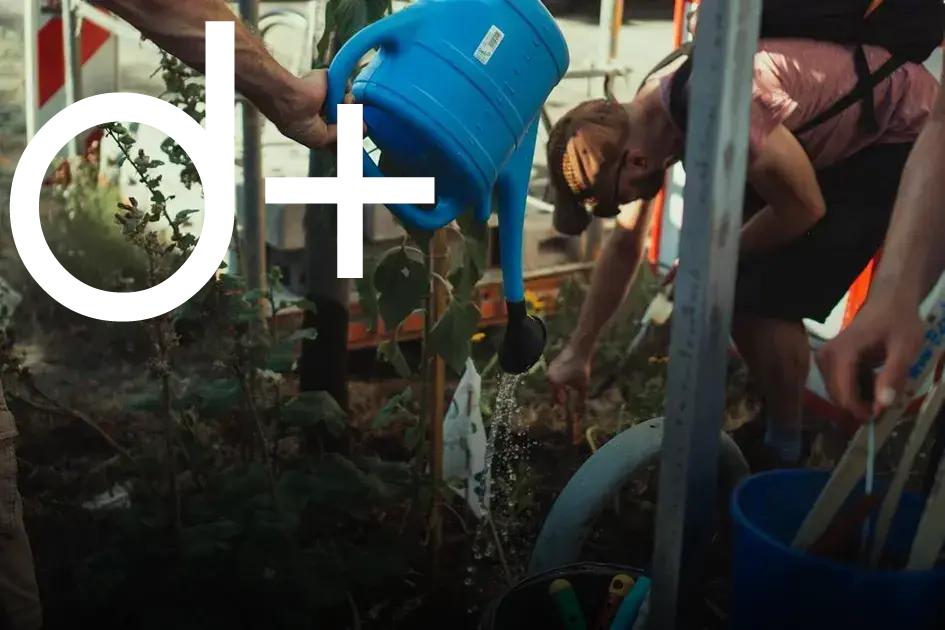
When it comes to reviving dying plants, checking the soil quality is crucial. Healthy soil provides the essential nutrients your plants need to thrive. Start by examining the texture of the soil. Is it crumbly and well-draining, or is it compact and waterlogged? Good soil should be a balanced mix of sand, silt, and clay.
Soil pH is another critical aspect to consider. Most plants prefer a slightly acidic to neutral pH, around 6.0 to 7.0. You can use a home testing kit to check the soil pH and adjust it if necessary. For instance, if the soil is too acidic, adding lime can help, while sulfur can reduce alkalinity.
Organic matter, like compost, can significantly improve soil quality by adding nutrients and enhancing its structure. Add a layer of compost or well-rotted manure to the topsoil and gently mix it in. This will boost the nutrient content and improve drainage.
Also, observe the soil’s humidity level. Overly dry or soggy soil can hinder plant growth. If the soil is too dry, increase watering frequency, but ensure good drainage. Conversely, if the soil is too wet, you may need to improve drainage or reduce watering.
Checking for soil compaction is also vital. Compacted soil restricts root growth and reduces oxygen availability. To fix this, gently loosen the top layer with a fork or aerator, taking care not to damage the roots.
Analyze the Potting Environment
When your plant isn’t thriving, closely examine its potting environment. Start by inspecting the pot itself. Ensure it has adequate drainage holes to prevent waterlogging, which is a common stress factor for plant roots.
Check the Size
Consider if the pot is the appropriate size for your plant. A pot that’s too large can retain excess moisture, while one that’s too small may restrict root growth.
Observe the pot’s material as well. Terracotta pots are porous, which can help prevent overwatering, but they may also dry out more quickly than plastic containers. Depending on your plant’s moisture needs, adjust accordingly with your choice of pot medium.
Consider the Placement Placement of the pot within your space is also crucial. Make sure it’s not in a location where temperature extremes fluctuate wildly, like below an air conditioning vent. Consistent environments help maintain plant health.
Finally, if your pot supplements with decorative coverings, ensure they do not obstruct airflow or drainage. These coverings can sometimes trap excess moisture, which is detrimental to many types of plants. Providing a healthy potting environment ensures that your plant has the right foundation for revival and growth.



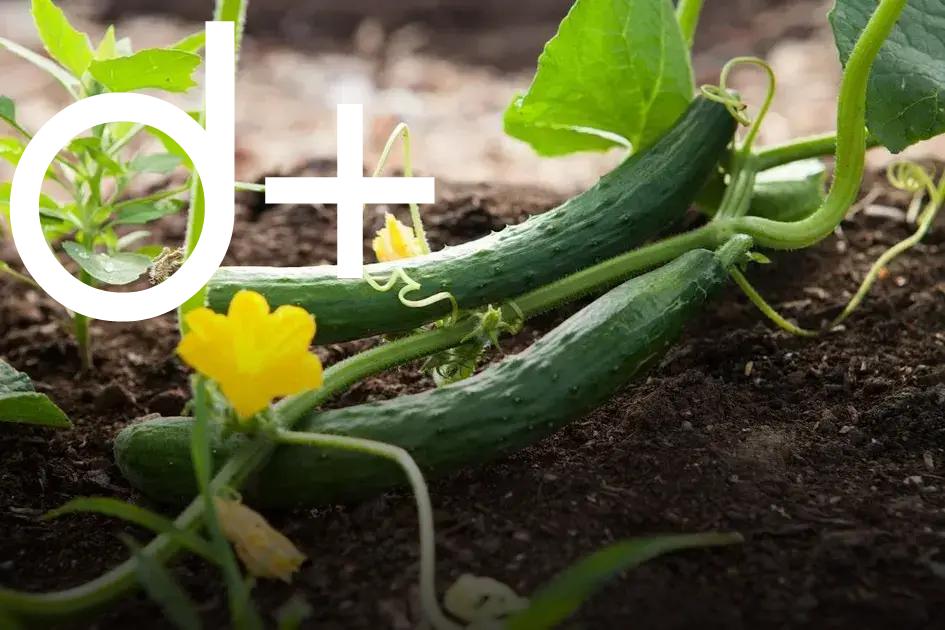
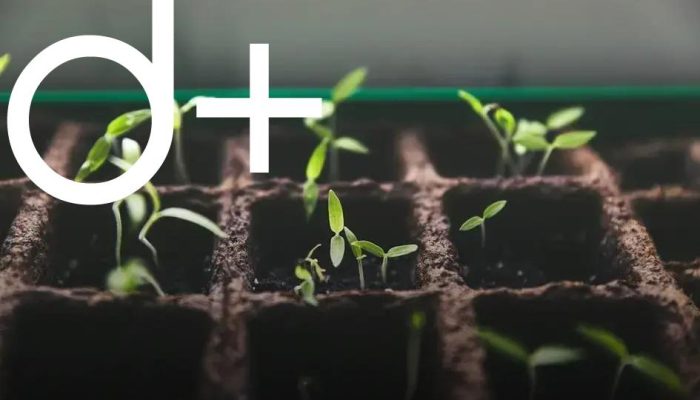
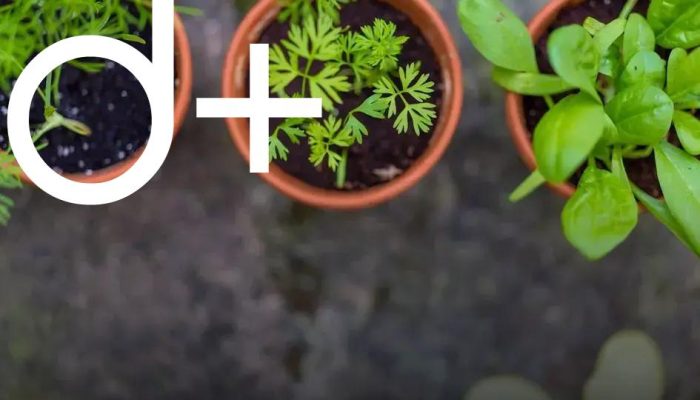
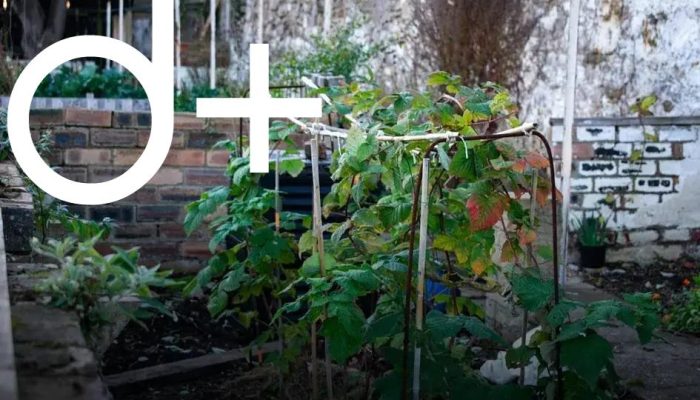
![BANNER 1 - HOME [QUADRADO]](https://dailyfindinvestment.com/wp-content/uploads/2025/01/BANNER-300-X-300.gif)
